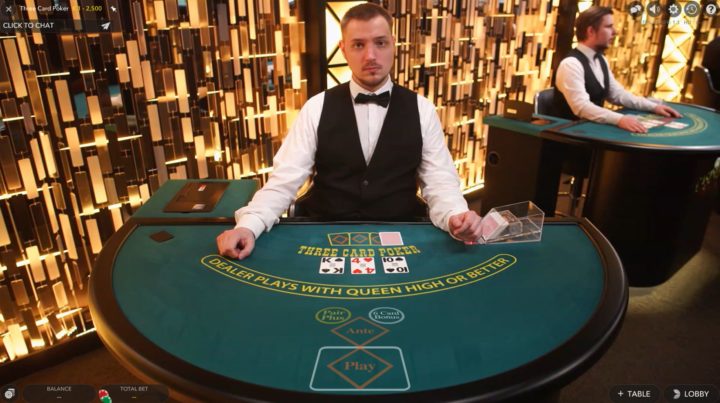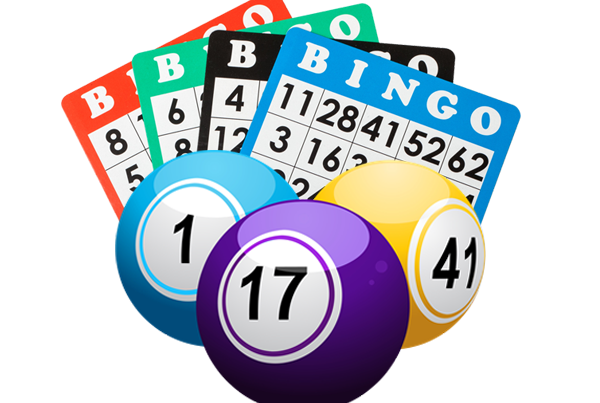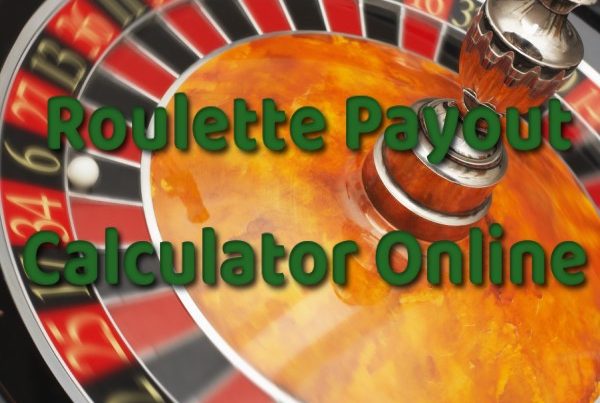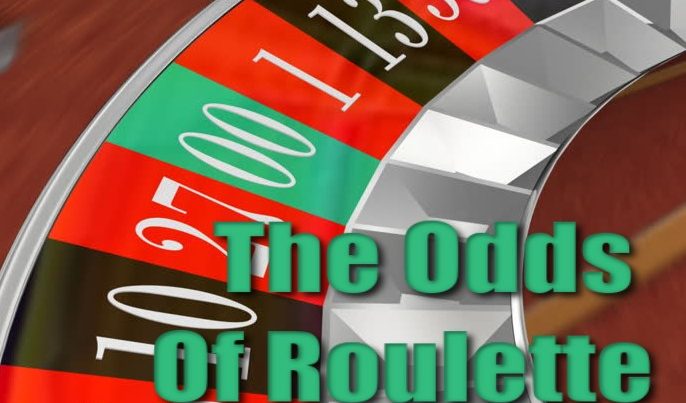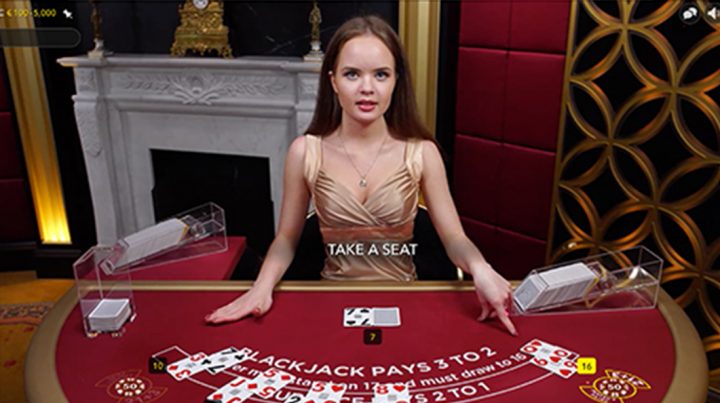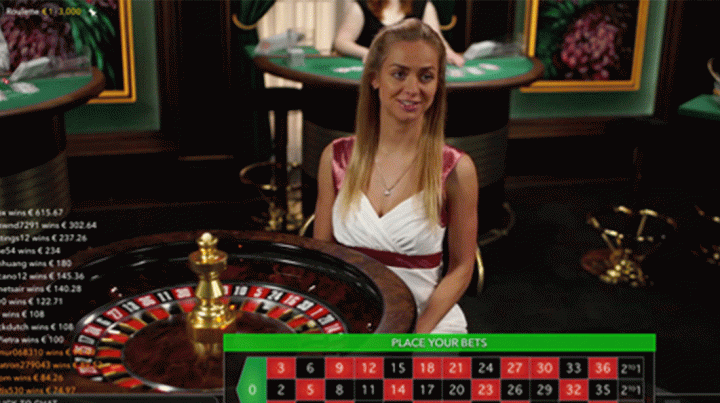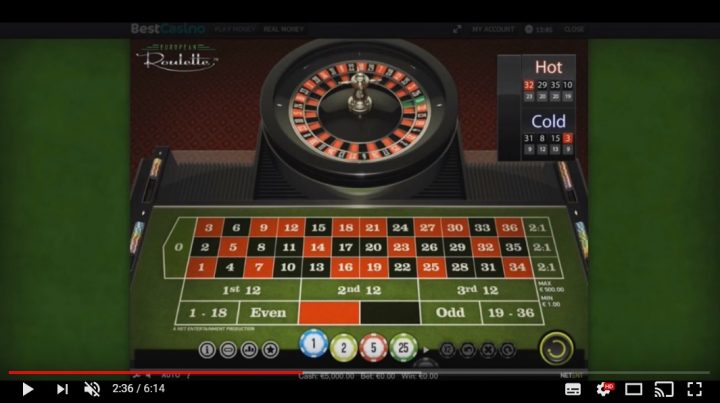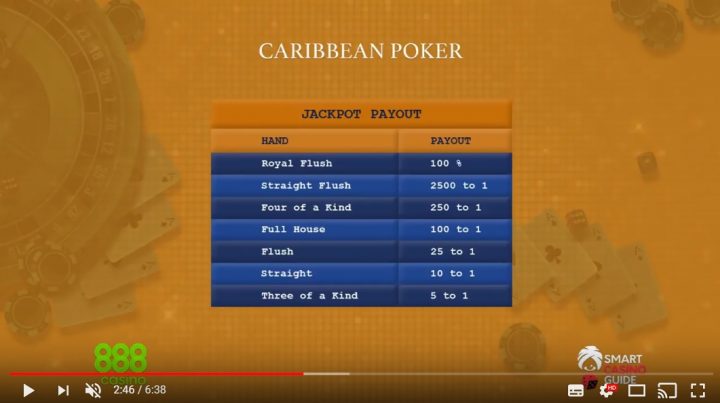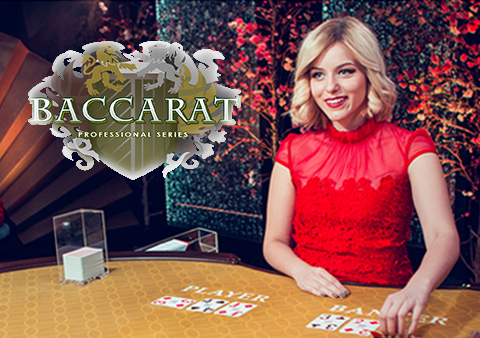Master Blackjack Strategy and Charts
This article is your guide to understand blackjack strategies, making it easier for you to learn the tricks of the trade and play with the confidence of a professional.
We’ll break down the basics and introduce you to advanced tactics, ensuring you have the tools to improve your gameplay and increase your chances of winning.
We’ll discuss strategies for new and experienced players. So, regardless of your knowledge or lack of it, you can improve your play by knowing when to:
- Hit and Stand;
- Double Down;
- Split Pairs;
- Surrender (if possible).
How to Use Blackjack Charts?
Do you know what your top priorities as a blackjack player should be?
You have two objectives:
- Lowering the house edge;
- Increasing your chances of success at the table.
To complete these objectives, you will definitely need the help of a blackjack chart.
These charts represent the best moves you can make when playing blackjack based on your current hand and the dealer’s face-up card. Simply put, this is a blackjack cheat sheet that will not penalize you.
However, there is a difference in its use in terms of how you play blackjack.
- So, if you play this card game in a land-based casino, you can’t just bring this chart with you – you have to memorize it.
- On the other hand, if you play online, you can open another tab/window with the chart. You can even print it out and keep it next to your desktop, laptop, or smartphone.
Still, it’s best to memorize the chart even when you play on the Internet because the rounds will be faster and more enjoyable.
Understanding how the chart works may seem challenging to beginners. However, the fact is that with the correct approach, you can quickly master it and become a solid blackjack player.
That’s why every expert in this field recommends it as part of any blackjack strategy.
Now, let’s start with the basics.
The Basic Elements of a Blackjack Chart
All blackjack charts include three essential elements. Remember that you must master all of its aspects to improve your play.
Below, we’re dividing the blackjack chart into three main sections:
- Player hand focus;
- Dealer face-up card focus;
- Recommended actions.
Let’s see what each of these sections reveals and suggests to you as the players.
Player Blackjack Hand Categories
Usually, this part is the first leftmost column represented by numbers. On the edge of the column, you’ll see whether the section focuses on hard hands, soft hands, or pairs. If surrender is an option, there’ll be a section for that, too.
- Hard Hands – Blackjack hands that don’t contain an Ace or have an Ace, which must be counted as 1 to avoid going over 21, are considered hard hands. With the help of the chart, you’ll find the most suitable action for hard hands, given the total value of your specific hand. Hard hand counts start at 8 and go up to 17.
- Soft Hands – Whenever you get an Ace in your hand, you should know that it counts as 1 or 11. Thanks to this chart section, you will learn what moves to take when your hand includes an Ace. This flexible combination may confuse you, especially if you’re a beginner. Still, when a chart is part of your blackjack strategy, you’ll learn which action is the best. In this section, you’ll see every possible combo, such as A/2, A/3, A/4, and so on.
- Pairs – In this part of the chart, you’ll see scenarios where players are dealt a pair of cards featuring the same rank. For instance, you can expect two 7s or two Aces. The dealer’s face-up card will determine the recommended action. So, you can expect a suggestion to split the cards or play your combination as a regular hand.
Dealer’s Face-Up Cards
The player hand categories we discussed above are displayed on the vertical axis of the blackjack strategy chart. Additionally, the horizontal axis highlights the dealer’s face-up card (the visible card).
This value directly impacts your decision because it’s not only your hand value that plays a role in the decision-making process.
The options you’ll see start at 2 and then move up to the 10-point cards and, finally, the Ace. So, the chart provides suggestions according to the probability of the dealer going over 21 or having a strong hand.
Recommended Actions
Finally, we get to the most important aspect of the chart, the one telling you the best possible move in a given situation. Looking at the chart will help you understand the recommended action given your hand value and the dealer’s face-up card.
The most common recommended actions are the following:
- Hit (H) – Ask for another card to improve the hand value.
- Stand (S) – Don’t take additional cards; stay with your current combination.
- Double Down (DD) – Boost the starting stake by two and get an additional card.
- Split (P or Yes/No) – If you get a pair, split the cards into two individual hands.
- Surrender (SUR or Yes/No) – Surrender the game and get half your bet back.
It’s good to know that the blackjack strategy charts are often color-coded, too.
- So, when you need to take an action like split or double down, the field will be green.
- By contrast, when you need to stand, the field is usually yellow.
- Finally, recommendations to hit are often left white.
Anyway, once you’re familiar with the legend, a quick glance at the colors is often enough to understand your best move.
- In some cases, these charts will tell you when to double down if possible or otherwise hit and vice versa. (D/H and D/S).
- You can also get suggestions like P/H, which means split if double down after split is available or otherwise hit.
- Finally, you may see R/H, which means surrender if possible or otherwise hit.
As you may know, blackjack comes in many variations, and the rules of what’s allowed aren’t always the same. You can find more in our post about how to play blackjack. Some games let you split multiple times, others don’t. That’s why certain charts provide flexible recommendations.
Remember that all these tips result from precise mathematical calculations based on the player’s odds of winning and/or reducing losses in the long run. They represent the best move but don’t guarantee any outcomes.
Example of Using Blackjack Strategy Chart
To help you understand how this works, we’ll present an example. So, let’s say you have a pair of 9s, and the dealer’s face-up card is an 8.
- First, find the Player hand of 9/9 on the right side of the chart.
- Then, follow the same row until you get to the Dealer face-up card 8.
- See the recommendation expressed with a code (as the ones explained below) and color.
- Make the recommended move.
In this case, the chart will probably recommend splitting the pair because you are in a stronger position. Splitting the cards boosts the odds of winning with two instead of one hand.
| Dealer Face Up Card | ||||||||||||||||||||
|---|---|---|---|---|---|---|---|---|---|---|---|---|---|---|---|---|---|---|---|---|
| 2 | 3 | 4 | 5 | 6 | 7 | 8 | 9 | 10 | Ace | |||||||||||
| 17 | S | S | S | S | S | S | S | S | S | S | ||||||||||
| 16 | S | S | S | S | S | H | H | H | H | H | ||||||||||
| 15 | S | S | S | S | S | H | H | H | H | H | ||||||||||
| 14 | S | S | S | S | S | H | H | H | H | H | ||||||||||
| 13 | S | S | S | S | S | H | H | H | H | H | ||||||||||
| 12 | H | H | S | S | S | H | H | H | H | H | ||||||||||
| 11 | D | D | D | D | D | D | D | D | D | D | ||||||||||
| 10 | D | D | D | D | D | D | D | D | H | H | ||||||||||
| 9 | H | D | D | D | D | H | H | H | H | H | ||||||||||
| 8 | H | H | H | H | H | H | H | H | H | H | ||||||||||
| Dealer Face Up Card | ||||||||||||||||||||
| 2 | 3 | 4 | 5 | 6 | 7 | 8 | 9 | 10 | Ace | |||||||||||
| A + 9 | S | S | S | S | S | S | S | S | S | S | ||||||||||
| A + 8 | S | S | S | S | D/S | S | S | S | S | S | ||||||||||
| A + 7 | D/S | D/S | D/S | D/S | D/S | S | S | H | H | H | ||||||||||
| A + 6 | H | D | D | D | D | H | H | H | H | H | ||||||||||
| A + 5 | H | H | D | D | D | H | H | H | H | H | ||||||||||
| A + 4 | H | H | D | D | D | H | H | H | H | H | ||||||||||
| A + 3 | H | H | H | D | D | H | H | H | H | H | ||||||||||
| A + 2 | H | H | H | D | D | H | H | H | H | H | ||||||||||
| Dealer Face Up Card | ||||||||||||||||||||
| 2 | 3 | 4 | 5 | 6 | 7 | 8 | 9 | 10 | Ace | |||||||||||
| Aces | Yes | Yes | Yes | Yes | Yes | Yes | Yes | Yes | Yes | Yes | ||||||||||
| 10s | No | No | No | No | No | No | No | No | No | No | ||||||||||
| 9s | Yes | Yes | Yes | Yes | Yes | No | Yes | Yes | No | No | ||||||||||
| 8s | Yes | Yes | Yes | Yes | Yes | Yes | Yes | Yes | Yes | Yes | ||||||||||
| 7s | Yes | Yes | Yes | Yes | Yes | Yes | No | No | No | No | ||||||||||
| 6s | Yes if DAS* | Yes | Yes | Yes | Yes | No | No | No | No | No | ||||||||||
| 5s | No | No | No | No | No | No | No | No | No | No | ||||||||||
| 4s | No | No | No | Yes if DAS* | Yes if DAS* | No | No | No | No | No | ||||||||||
| 3s | Yes if DAS* | Yes if DAS* | Yes | Yes | Yes | Yes | No | No | No | No | ||||||||||
| 2s | Yes if DAS* | Yes if DAS* | Yes | Yes | Yes | Yes | No | No | No | No | ||||||||||
| S - Stand; H - Hit; D - Double down; D/S - Double down if possible, otherwise stand; Yes - Split pair; No - Keep pair; *DAS – Double down after split possible | ||||||||||||||||||||
Purpose of a Blackjack Chart
We explained how the chart works and looks and mentioned briefly why it’s part of every blackjack basic strategy. Now, it’s time to discuss its purpose in detail. It turns out that there’s more than one reason why such charts exist.
Even though some are more important than others, we’ll provide an overview to help you draw a conclusion.
Reduce the House Edge
According to most experts, this is the number one reason why these charts exist. Technically, the house edge is an indicator that highlights the theoretical advantage the casino has over you in a specific game (in this case – blackjack). By providing suggestions on the optimal action players can take in particular situations, the house edge will be minimized, at least in theory.
Reducing the casino house edge will provide more chances of winning and securing profit in the long run. Of course, players should never forget that blackjack, like most casino games, is primarily a game of chance.
Support Consistency
To get the most from the chart and your blackjack strategy, you must be consistent. In other words, you should make decisions following the chart’s suggestions. Lack of consistency usually means making emotional decisions based on your gut feeling.
For instance, standing when your hand is obviously in a worse initial position than the dealer’s. Hoping that luck will be on your side once the dealer reveals their card isn’t the best choice ever. By following the chart, you can maintain a disciplined and systematic approach to playing this popular casino card game.
Provide Tactical Directions
The blackjack charts are not based on a feeling or someone’s experience. These charts result from careful calculations highlighting the mathematical probabilities after an in-depth gameplay analysis.
They provide tactical directions to all players looking for insights into their best options in specific scenarios. Every scenario is covered on the table, so you don’t have to wonder what to do next. That’s perfect for those who want to reduce risk and play relatively safe without too much risk.
Act as an Educational Tool
New players may know the rules of this game, but they are still unsure how their decisions impact the outcome. So, these charts serve as educational tools, too. By checking the table, you’ll learn how card combinations affect the results and how you can get the most from the situation.
Support Risk Management
Finally, the purpose of the blackjack chart is to help you manage risk. The actions it recommends provide the ideal balance between the risk of losing and the potential of winning.
Variations in Blackjack Charts
Since not all blackjack games are the same, you should expect variations in these charts. Generally, we can divide them into two categories.
- Rule-specific charts.
Thanks to the rule-specific charts, you can get recommendations for blackjack games with particular rules that make them different. For instance, some tables force the dealer to stand or hit when they have a soft 17. You can also expect games where doubling down your stake is restricted. Using a chart created with these rules in mind is crucial because the odds are different. The same goes for your overall blackjack strategy to play in blackjack casinos.
- Charts based on game variants.
One of the reasons why blackjack has been popular for a long time is the presence of different variants of this game. You can find a few dozen variants. Still, a few of these, like European Blackjack, American Blackjack, Spanish 21, and Atlantic City Blackjack, are more popular. Since they have unique rules, it’s natural to look for charts adjusted to them. If you plan to play a particular variant, ensure that you use an adequate chart.
Regardless of the blackjack game you’re interested in, you should always read and understand its rules. Things like a surrender option, whether the dealer stands or hits on a soft 17, the doubling-down and splitting rules can change the course of your gaming session.
Basic Blackjack Strategies – Quick Tips
Our detailed blackjack guide continues with the basic strategies associated with this thrilling casino game. Before we delve into them, let us remind you that these tips, tactics, and techniques don’t guarantee winnings. Still, when used properly, they can help you increase your winnings and maximize the effect of your gambling activity.
Hard hands without Aces
- Whenever you have a total of at least 17, and no Aces are involved, you should stand.
- On the other hand, if the total is 8 or less, you should hit.
- Remember that you should hit if the dealer’s card is at least 7 and your total is between 12 and 16.
- With an initial hand count of 11, doubling down is the best move.
Soft hands with Aces
- Players should hit when they have a soft 17 (featuring an Ace and a 6) or lower.
- When the dealer has 4 to 6, and you have a soft hand of 13 to 18, you should double down.
- You should double down when the dealer has 3 to 6 and you have soft 17 or 18.
- Lastly, always stand when you have a soft 19 or higher.
Pairs
- You should split whenever your hand includes pairs of Aces and 8s.
- Split 9s unless the dealer gets 7, 10, or Ace.
- However, if the pairs in your hands are 4s, 5s, or 10s, you shouldn’t split.
- Of course, the dealer’s face-up card plays a role. So, if their face-up card is 4, 5, 6, or 7, you should split 2s and 3s.
Doubling down
- Your blackjack strategy should include doubling down when you have a hard 11 and the dealer’s face-up card is 2 to 10.
- Another situation where you should double down is when you have a hard 10, and the dealer has 2 to 9.
- Finally, doubling down is the best option when you have a hard 9, and the dealer has 3 to 6.
Insurance and surrender
- Avoid both!
- Consider surrendering if you get 16 and the dealer has a 9, 10, or Ace.
- Surrender if you have a hand count of 15 against a dealer’s upcard of 10.
Your basic blackjack strategy should include insurance and surrender options rules.
Most experts agree that you should stay away from insurance bets because they don’t pay off in the long run. Also, opting for the surrender option is not recommended in most cases.
General Tips Related to the Basic Blackjack Strategy
The things we mentioned earlier are the basic elements of any basic blackjack strategy. You must keep them in mind before every hand and during the entire game. Of course, more tips can help you become a better player and enjoy playing even more.
To help you achieve these goals, we will share a few more steps and recommendations to incorporate into your blackjack strategy.
1. Don’t forget the dealer’s face-up card.
This mistake is common among beginner players. They are focused on their cards and ignore the dealer’s hand entirely. You should always observe the dealer’s face-up card to make strategic decisions. That’s how you evaluate the situation at the table.
You can guess the most likely outcome when you compare your hand’s value with the dealer’s visible card.
Generally, when the dealer has an Ace or a face card (10, Jack, Queen, or King), you should be cautious. By contrast, a face-up card of 4 to 6 should provide you an advantage. That’s usually the time when you can hit and be bolder.
2. Be consistent.
We mentioned this earlier in our guide focused on blackjack strategy. Namely, you should stick to the basic strategy once you use it. Without following this rule, you can’t expect success in blackjack in the long run, and there’s no point in using this strategy at all. You should never let emotions or intuition guide you.
With the help of the basic blackjack strategy, you can rest assured that you’re pulling the statistically best moves in specific situations. Consistency means you are constantly making choices that increase your odds of winning at the end of the day.
There are no shortcuts in blackjack. You can’t win every round, but with the proper approach, you can significantly increase profitability in your gaming sessions.
3. Grasp the diverse variations.
Remember that the diverse variations of blackjack games carry specific rules that affect the basic strategy. So, depending on the variation you want to play, you should adjust your strategy accordingly. Moreover, every single rule variation impacts the house edge. Flexible rules are more favorable for you as the player, while restrictions and more decks increase the house edge.
It’s not the same when the dealer must hit on a soft 17 and when they must stand. It’s of the utmost importance to use the correct tactics.
So, before playing any blackjack game, take some time to learn the table rules. When playing popular blackjack variants, use the strategies created for these variants.
4. Adapt to the game.
Not every gaming session is the same. Sometimes, you’ll find yourself at a table where players are more aggressive, while in other cases, they may be cautious. So, the game’s pace can be different, and adapting to it can be beneficial.
By following what’s happening at the table, you can make more informed decisions. For instance, you can check the betting patterns of other players and their success. If they’re successful, you might follow their lead.
5. Don’t forget your budget.
An adequate budget is essential to the basic blackjack strategy. This is how you can secure long sessions at the table. Your job is to set not only a budget but also to set bet sizes.
You should always stick to the determined limits even when you enter losing streaks. That’s how you’ll pass the periods with losses. In addition, it’s also a good idea to set a win limit because, after all, you’re playing this game to earn something. Many players make mistakes by trying to win as much as possible.
6. Stay focused.
Fatigue and distractions can occur anytime, whether you play in a land-based casino or online. Such an unfavorable environment may affect your attentiveness to the surroundings and focus.
Staying focused is another crucial thing for achieving good results. So, taking breaks is highly recommended whenever you feel your attention waning. It’s perfectly okay to leave the table and get back after 15 minutes.
Also, you should avoid playing when you’re tired and intoxicated. This will almost definitely lead to bad decision-making with disastrous outcomes.
Other Blackjack Strategies
In addition to the basic blackjack strategies, more experienced players can try other options. Once again, we’d like to remind our readers that there’s no “bulletproof” strategy that can help you win all the time.
- Card counting – This relatively advanced strategy requires tracking the number of high and low-value playing cards left in the deck. It can be challenging to learn how to do this, and many casinos won’t allow their players to do that (there’s a risk of getting banned).
- Progressive betting – The basic strategy recommends flat betting while the progressive, as expected, suggests the opposite. Basically, you should adjust your bet size based on losses or wins. The most famous progressive betting systems are the Paroli and Martingale systems.
- Shuffle tracking – This strategy is similar to card counting. Still, this time, you are advised to observe and remember clumps of cards during the shuffle. This way, you can guess the location of specific cards in the following rounds. As you may have guessed, not all casinos allow their players to use the shuffle tracking technique.
- Side bet strategy – Several popular blackjack variations include side bets. For instance, you can encounter 21+3 or Perfect Pairs used as side bets. So, the side bets strategy is adjusted to these bets. With their help, you will increase the risk and boost the excitement and potential winnings.
Playing perfect blackjack requires mastering basic strategy (knowing when to hit and when to stand) and following a proper money management system. In some cases, card counting can help you achieve this goal, as well.
You must beat the dealer’s hand to win a round in blackjack. You aim to have a hand as close as possible to 21 (or precisely 21) without going over when the dealer’s hand is weaker than yours.
One of the best ways to learn basic blackjack strategy is to study the basic strategy chart. Of course, you can use other resources to master this strategy, including books, online tutorials, practice apps, and mock/demo games.
Simply put, you must follow the basic strategy chart. Your hand should match the chart, and you should take the dealer’s face-up card into account. Based on this information, you should take the suggested action.
If you hit the 16, you will win 25.23 percent of the time, bust out 69.31 percent of the time and push 5.46 percent of the time for a net loss of 44.08 percent of the time. By standing on the “hard 16” you will win 29.01 percent of the time and lose 70.99 percent of the time for a loss of 41.98 percent of the time.
Gamble Responsibly
Responsible gambling is a term used to describe the practice of gambling in a way that is safe and enjoyable. It is important to be aware of the risks associated with gambling and to set limits for yourself. You should never gamble more money than you can afford to lose, and you should take breaks if you are feeling overwhelmed. If you are concerned about your gambling habits, there are resources available to help you.















